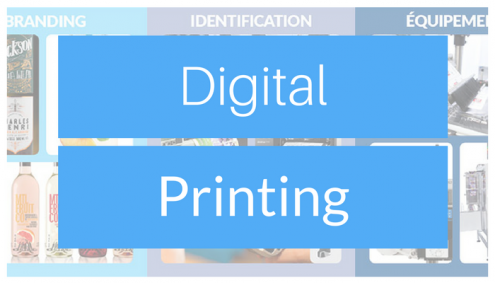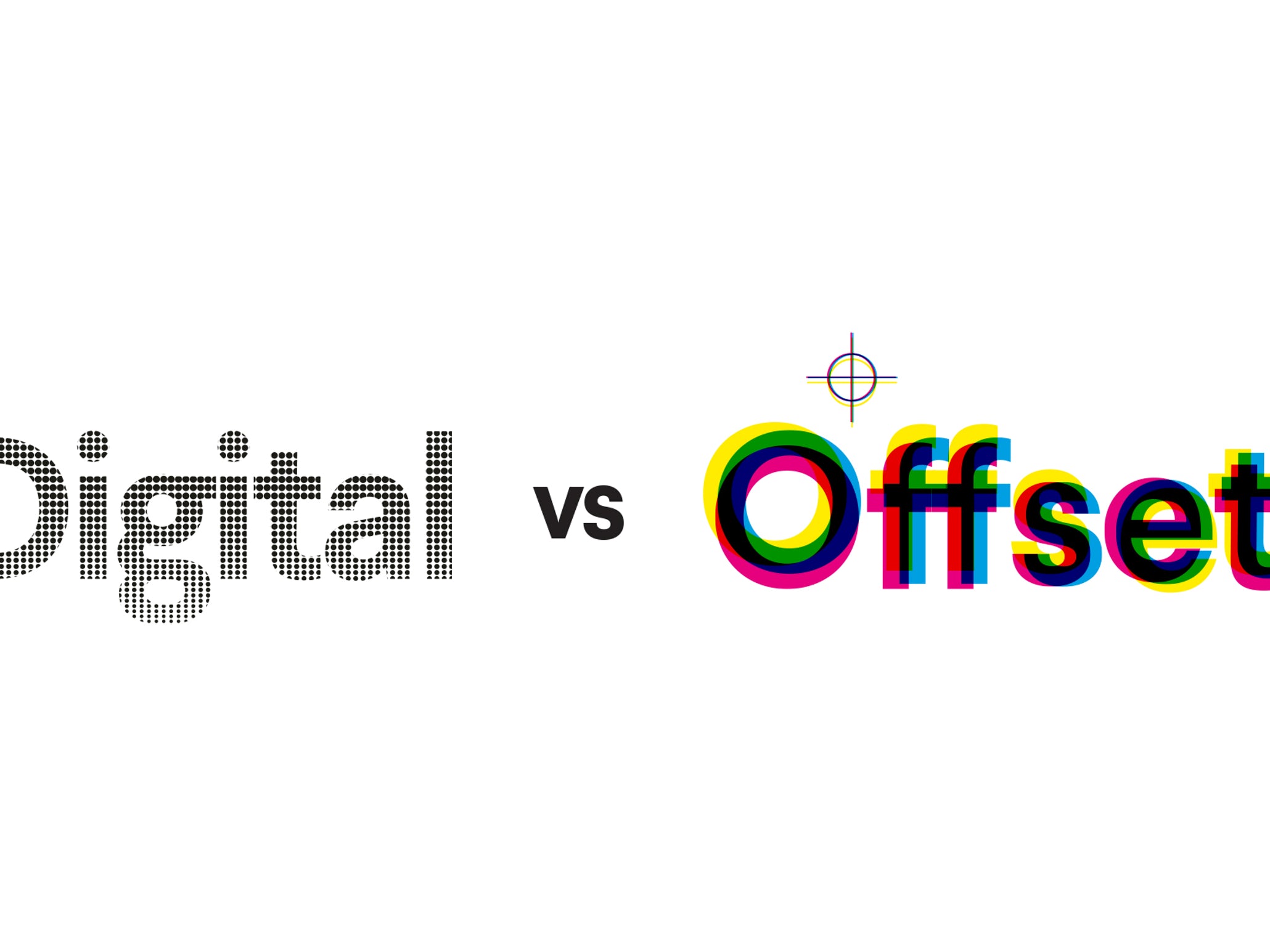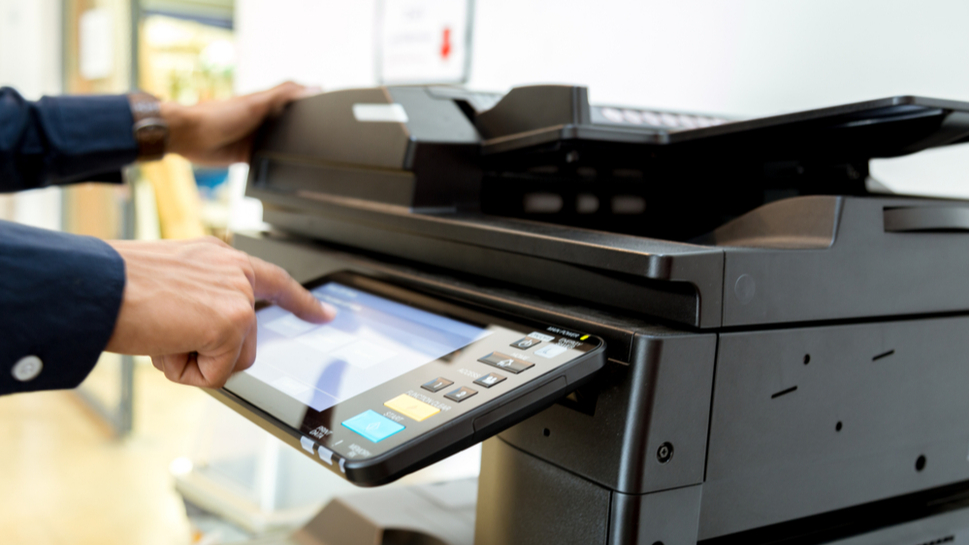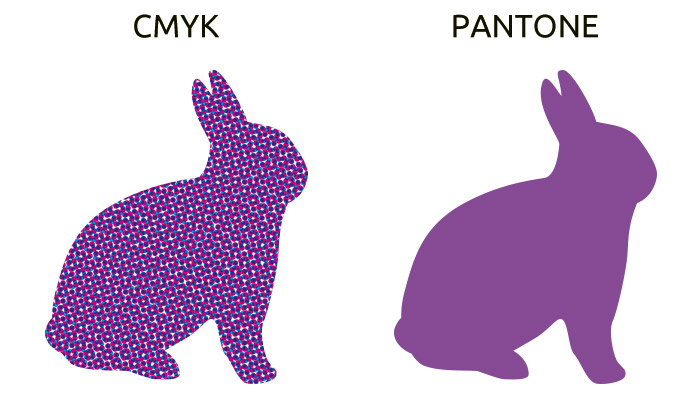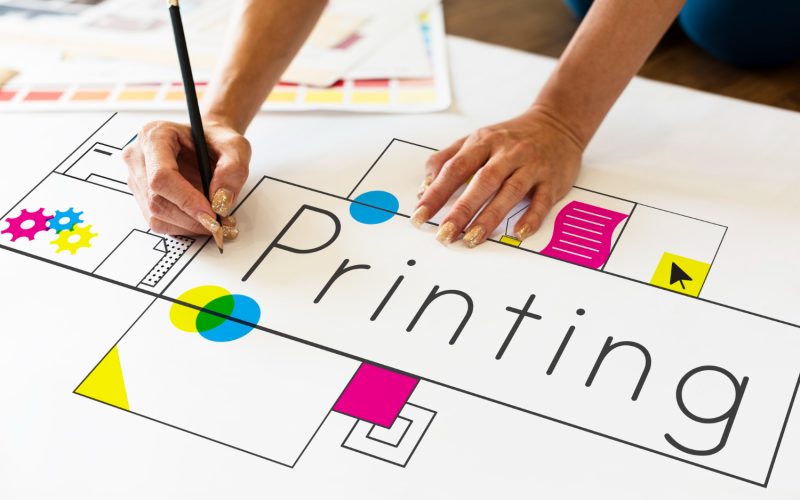Widely used because of speed and accessible costs, printing methods can be classified depending on the method by which are made. Thus, we can distinguish, depending on the technology used two main methods of digital printing: inkjet printing and laser technology based.
Inkjet printing – is a printing method computer assisted that creates a digital image controlled by the design and arrangement of ink droplets on the paper. Inkjet printing is widely used, in the market being available a wide range of printers, from cheap models with limited options but ideal for small-scale personal projects, to professional models with complex functionalities that can make complex printing projects.
The concept of inkjet printing has its origins in the early 1950s and the late 1970s, manufacturers like Epson, Hewlett-Packard, Canon and Lexmark began to release inkjet printers that had the functionality to reproduce computer generated digital images .
The method of printing with inkjet-based technology has evolved with the digitization of the printing industry. This process came in response to the needs of increasingly complex printing industry had to satisfy, and also the execution terms more and more reduced correlated with an increased volume of printing materials, determined that traditional methods to become too cumbersome in comparison with market demand, but also inefficient in terms of costs involved.
Manufacturers have started a race for developing printers that will produce quality results for a large volume of material in a very short space of printing your projects, but also implying reduced costs.
The main challenges which had to respond the inkjet printing technology-based came from the advertising industry, who, in order to activate specific consumer needs and desires, built in the promoted brand image to influence a purchasing decision.
Laser printing – is a specific process for digital printing that has the ability to rapidly reproduce complex elements of text and graphics, high-quality computer generated. From a technological standpoint, laser printers employ a xerographic process by which the image is produced as a result of direct scan with a laser ray that transmits data to printer’s photoreceptor.
After the scanning step, the laser beam projects the image printed on a electrical roll, wraped in ore selenium or organic photoconductors. The latter are frequently used in modern printers. In the next step, the dry ink particles are made on the basis of static electricity by the charged areas of the printing roll, areas which have not been exposed to light. In the final phase, the roll prints the image on paper by direct contact and heat.
The main advantage of this printing technology is the speed and this can vary depending on the complexity of the project schedule being worked. The fastest models can print up to 200 monochrome pages per minute (12,000 pages per hour). Regarding complex graphic projects involving shapes, colors and special pictures, the fastest laser printers can achieve performance of up to 100 pages per minute or 6,000 pages per hour.
In terms of printing costs of this printing technology, they depend on a number of factors such as: the cost of paper, dry ink toner , printing roller replacement frequency and other vital supplies for the device to operate at peak performance.
Unlike inkjet print technology simply take a set of data sent by the computer and performes the printing process live, as the data is received from the computer. Therefore are breaks recorded in the process, the printer waiting to reach a new set of data. Laser printers can not register good performance if it works by this principle since could not resume very exact the process after the waiting pause for a new set of data, which would generate some imperfections in the printout.
